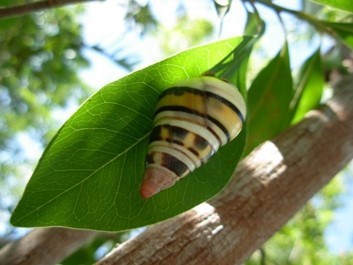Last updated: June 24, 2021
Article
The Importance of SOCS

South Florida Collections Management Center, National Park Service
Waiting . . . and why we love SOCS (no, not for our feet!)
I stood in the parking lot, waiting for the donor to arrive. I noticed my heart rate speed up when I saw her walking toward me carrying a large cardboard box. She had wrapped a string around the four sides of the box and made a loop handle from the string. After we said hello, we went inside to see what had been lying in the box for almost one hundred years.
Meeting with individuals who want to donate items to a museum collection is a unique experience. Donations to museum and archival collections can be interesting, unique, and often have sentimental meaning for a donor. However, the most appropriate home for a potential donation might not be the first repository the donor contacts.
Museum and archival institutions care for collections “in perpetuity,” or “for a time without end.” The timelessness of this duty makes the process of collecting challenging at times. An institution needs to plan for how much it will cost to care for that item over time. A planning document called a Scope of Collections Statement (SOCS) spells out the types of items the organization collects, and why it collects them.
The mission of the institution guides the SOCS, and helps the repository make decisions about what it does, and does not accept into its collections. If a proposed donation does not fit within the SOCS, the institution can recommend a more appropriate potential repository for the donation.
Curators and archivists love SOCS, because they help us keep focus on what is important for telling our institution’s story.
I know you want to know what was in the box. That sunny afternoon, I had the honor of looking through a photograph scrapbook that tells the early history of Everglades National Park.
The family of Charles Mosier put the scrapbook together to document the early days of Royal Palm State Park. Mr. Mosier was the first caretaker for Royal Palm State Park and the photographs date to as early as 1918.
Royal Palm State Park became part of Everglades National Park, and visitors still enjoy their visits to “Royal Palm” and the Anhinga Trail. Have you ever made your own Royal Palm scrapbook after a visit to Everglades National Park?
Bonnie Ciolino
Archivist
